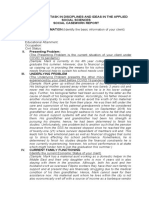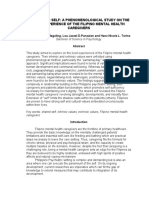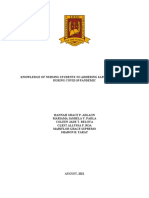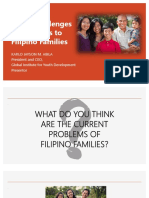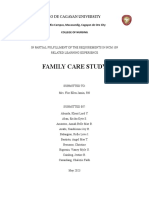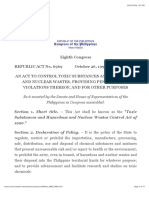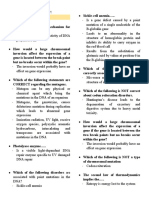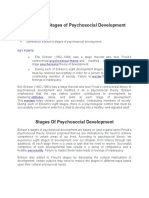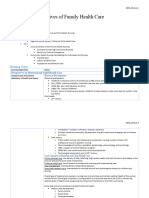0% found this document useful (0 votes)
507 views35 pagesSt. Paul University Philippines: Tuguegarao City, Cagayan 3500
This document discusses teenage pregnancy rates during the COVID-19 pandemic. It notes that a study found approximately 214,000 babies were born in the Philippines in 2020, pushing the total births to almost 1.9 million. The lockdowns meant hundreds of thousands of teenage women could not access family planning supplies. However, there has been no local study on teenage pregnancy rates. This paper aims to provide an in-depth study on teenage pregnancy rates in local schools to better understand this issue during the pandemic. The document reviews literature on global teenage pregnancy rates, risks of early pregnancy, and the impact of teenage parenting on educational attainment.
Uploaded by
Hazel FlorentinoCopyright
© © All Rights Reserved
We take content rights seriously. If you suspect this is your content, claim it here.
Available Formats
Download as DOCX, PDF, TXT or read online on Scribd
0% found this document useful (0 votes)
507 views35 pagesSt. Paul University Philippines: Tuguegarao City, Cagayan 3500
This document discusses teenage pregnancy rates during the COVID-19 pandemic. It notes that a study found approximately 214,000 babies were born in the Philippines in 2020, pushing the total births to almost 1.9 million. The lockdowns meant hundreds of thousands of teenage women could not access family planning supplies. However, there has been no local study on teenage pregnancy rates. This paper aims to provide an in-depth study on teenage pregnancy rates in local schools to better understand this issue during the pandemic. The document reviews literature on global teenage pregnancy rates, risks of early pregnancy, and the impact of teenage parenting on educational attainment.
Uploaded by
Hazel FlorentinoCopyright
© © All Rights Reserved
We take content rights seriously. If you suspect this is your content, claim it here.
Available Formats
Download as DOCX, PDF, TXT or read online on Scribd
/ 35




